#harvester ants
Explore tagged Tumblr posts
Text

Harvesters.
#photographers on tumblr#harvester ants#Pogonomyrmex sp.#Black Phoebe Pond#San Pedro House#San Pedro Riparian National Conservation Area#Cochise County#Arizona
42 notes
·
View notes
Text
I just realized that Messor barbarus can't sting. And now I need to rethink something I thought was obvious about seed collecting ants.
Pogonomyrmex and Veromessor (the genuses of harvester ants we have in the Americas) can sting. It seems that much like "Army Ants" the group "harvester ants" isn't as cohesive as I thought.
That said... they are somewhat related, both practice social hybridogenesis.
I'm stunned. Ants shock me every single day! They can't keep getting away with this!
Please don't ask me to explain this yet I'm still trying to understand what the heck these ants are even doing.
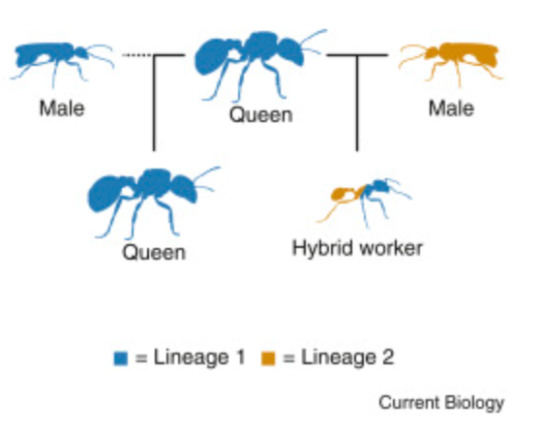
#ant#ant propaganda#bugs#insects#myrmecology#antblr#bugblr#antposting#ant secrets#harvester ants#Hybridogenesis#reproductive system
20 notes
·
View notes
Text








Insectarium again, harvester ants got an upgrade
#invertebrates#invertiblr#inverts#invert#bugblr#scorpion#spider#harvester ants#insectarium#pdxinsectarium
14 notes
·
View notes
Text
It's been a moment since I uploaded any macrophotography. This harvester ant stumbled onto my jacket from somewhere so I carried her out, but I did take a moment to photo and video her. Looked a little sluggish at first but she wandered off under her own power quite capably.






Ants can be a real pain to photograph, they're small, dark, and skittish, not to mention many species are extremely shiny so they're hard to illuminate. One of the masters of ant photography is Alex Wild, a doctor of entomology at the University of Texas.
68 notes
·
View notes
Text
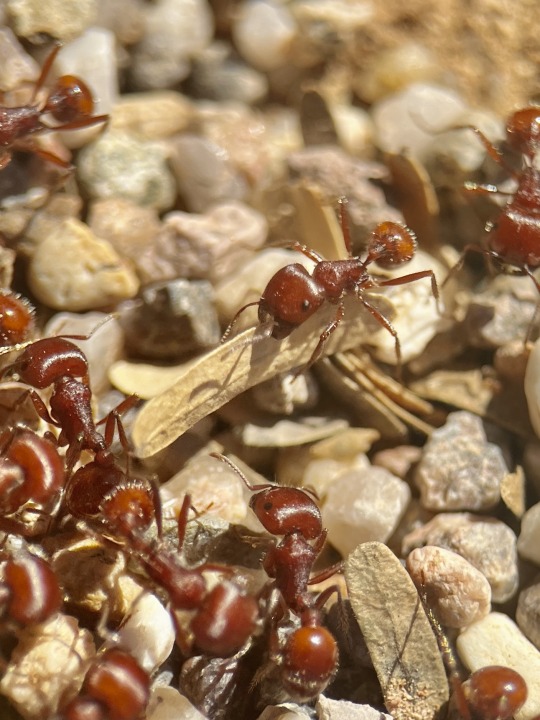
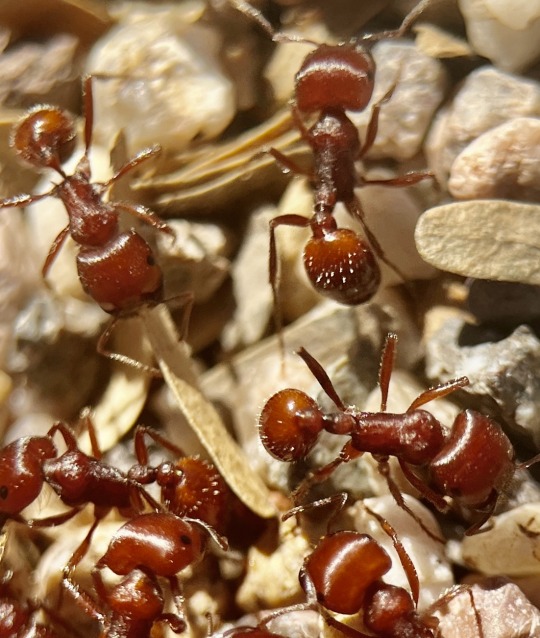
Harvester ants / genus Pogonomyrmex
Rated a 3 out of 4 on the Schmidt sting pain index, with their bite described as “inflaming your nerves for hours rather than minutes … bold and unrelenting.” The red ones also tend to be aggressive.
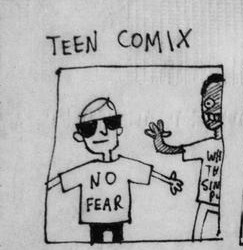
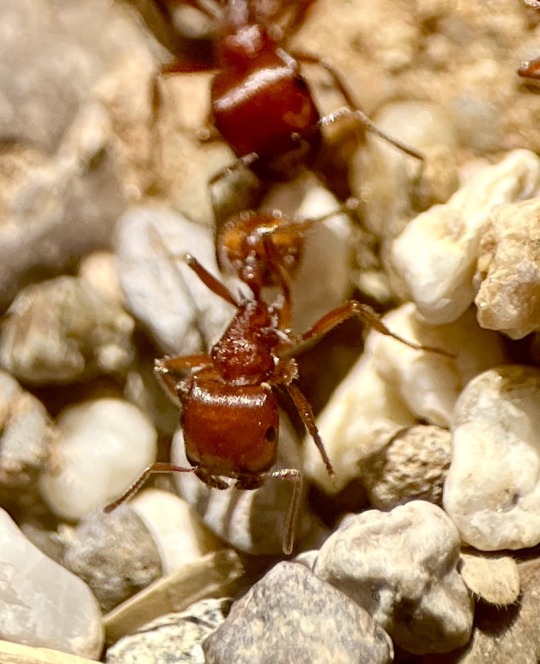
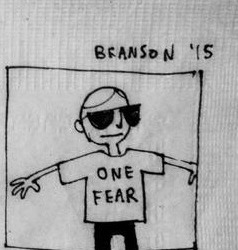
#insects#ant#ants#formicidae#harvester ants#my photos#seriously though I AM scared of these lol#or at least Concerned#just because I’m clumsy and flighty though and I’m scared of accidentally standing on their hill again
8 notes
·
View notes
Text
I was attacked by sudden desire to lie on the ground and watch ants. Specifically, I deeply crave to watch a nest of Messor barbarus, which is not present in my geographic location and which I had a chance to observe many years ago, abroad, for a few minutes maybe. Being a slave of own caprices and desires can be frustrating sometimes.
0 notes
Text


Black harvester ants (Veromessor pergandei) not so kindly escorting a darkling beetle (probably genus Argoporis) away from their nest. Since this kind of beetle tends to be a detrivore or scavenger, perhaps it was trying to steal food from the ants. As far as I could tell, no one was injured in this incident. The beetle seemed to have learned its lesson and did not try to return to the nest.
Mojave Desert, California, US
#Argoporis#veromessor pergandei#ants#beetle#coleoptera#hymenoptera#harvest ants#darkling beetle#Tenebrionidae#such drama#nature#bugs#nature photography#bugblr#biodiversity#animals#inaturalist#arthropods#entomology#insect appreciation#mojave desert#mojave#red rock canyon state park#the one in california not nevada#desert#desert creatures#zoology#invertebrates#inverts#macro photography
101 notes
·
View notes
Text

#insect#ant#harvester ant#sunflower#photographers on tumblr#textless#amadee ricketts#leaf#face#eye#macro#green#summer#august#arizona#seed head
34 notes
·
View notes
Text
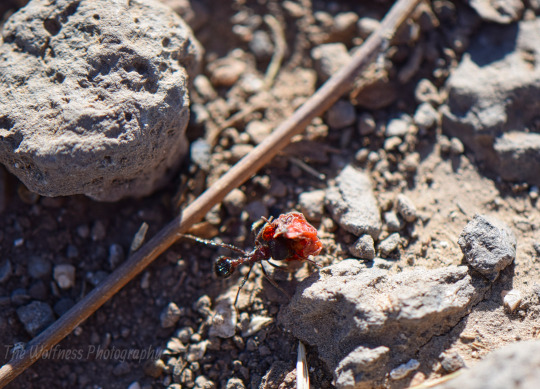
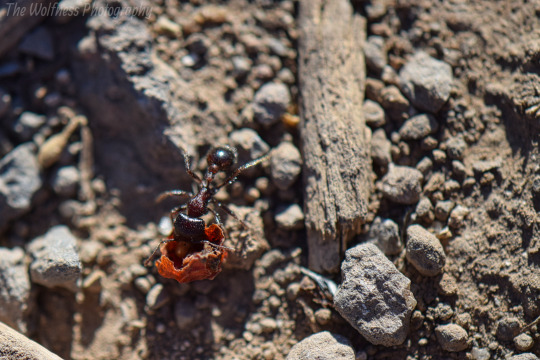
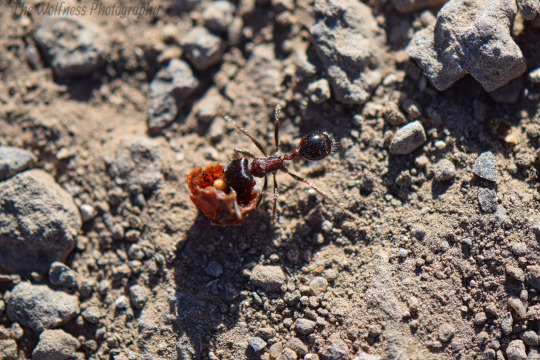
Desert harvester ant (Pogonomyrmex rugosus)
#nature#nature photography#macro#macro nature#macro photography#up close#up close photography#close up#close up photography#insect#insect photography#ant#ant photography#desert nature#sonoran desert#Desert harvester ant#Pogonomyrmex rugosus#photographer on tumblr#original photography#original photographers#original photography on tumblr#original photography blog#US#United States#united states of america#Arizona
29 notes
·
View notes
Text

Sketching one of my ants I've named Grave Keeper (it's his job to ferry the dead from various places in the nest to The Pile outside the nest) . Right now my colony isn't doing the best and I don't know why. My queen is lethargic and as a result so is much of the colony. Because I cannot interview these little ones and ask them exactly what might be ailing them I have to just clean their nest, provide food and water and heat and hope for the best. In the meanwhile, I'll draw them while I observe to stay my worry. Some scritchy extras below 👇

5 notes
·
View notes
Text
I had a nice time drawing a Pogonomyrmex occidentalis pupae today. I'm trying to improve my drawing skills-- There are many problems here.
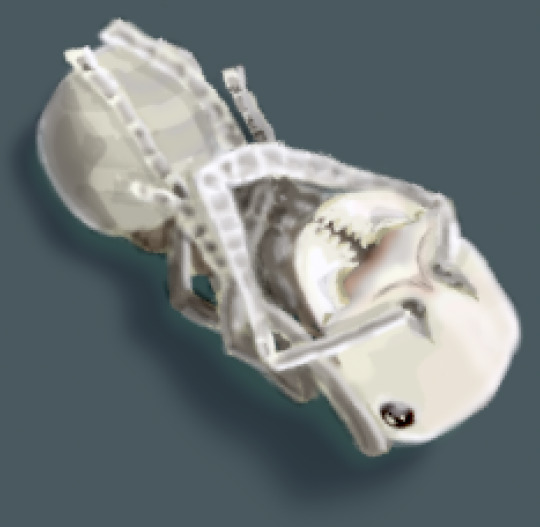
-shadow is off, should be more shadow under the gaster (I think?) -doesn't look translucent enough -It's overworked, but I claim that's my "style" (not really LOL) -I made a mess with the blur tool. Had to clean it up, but it still feels blurred. No more blur for me. -I don't know what I'm doing with that blue shadow It's supposed to be reflected light? Like it's not bad, the mandibles look nice. And I feel like I understand the geometry of how ants fold their legs better. Could not find a reference image of an ant from *below* to see exactly how the legs attach. Looked at one of my pet ants and annoyed her greatly!
#drawing#endless invertober#invertober every month#invertober#ant#pogonomyrmex#harvester ants#digital painting#art is hard
12 notes
·
View notes
Text










PDX insectarium!
#invertebrates#invertiblr#inverts#invert#bugblr#insectarium#pdxinsectarium#harvester ants#velvet ant#black widow#ghost mantis
6 notes
·
View notes
Text
In the gray zone where you've read enough spoilers to know about some major events but not enough to know exactly how things go afterwards so you're even more distressed than if you hadn't read anything at all.
You will find me compulsively refreshing any review sites I can find until I have The Information.
#the paradise of thorns#You see I'm in one of those mental states#Where I cannot really deal with things that end *too* badly#Like emotional damage is fine but I need to be prepared I need to know the twists#So I was harvesting spoilers like a diligent little ant and. Well.#Things did not go as expected.
5 notes
·
View notes
Text
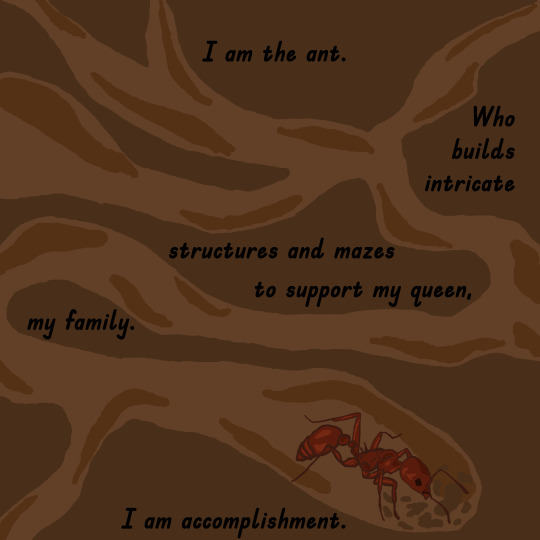
I am the ant - original piece by me
2nd in a six piece series based on Heather Morgan's value based integration exercise
link to first piece
#art#artbyrewcana#artists on tumblr#my art#oc#tumblr art#original art#photopea#ant#ant hill#digging ant#harvester ant#bug#bug art#insect art#insect#creature#creatures#worker ant#accomplishment
3 notes
·
View notes
Text
I never would've thought that plants could make me so happy until I started to propagate vegetables. Seeing these little green sprouts from my garlic cloves brings me immense joy

0 notes
